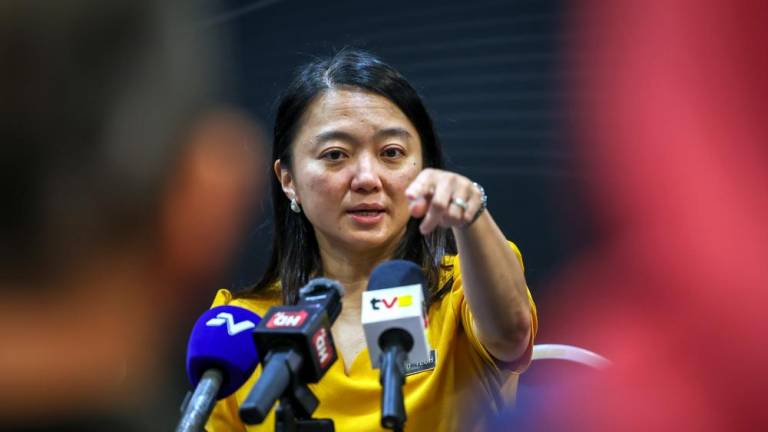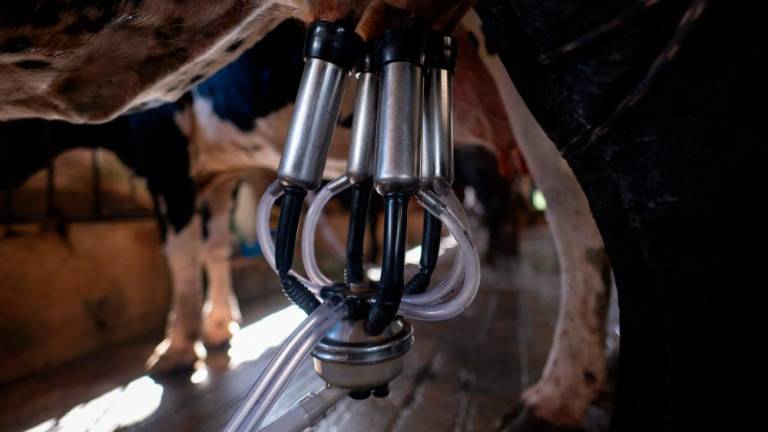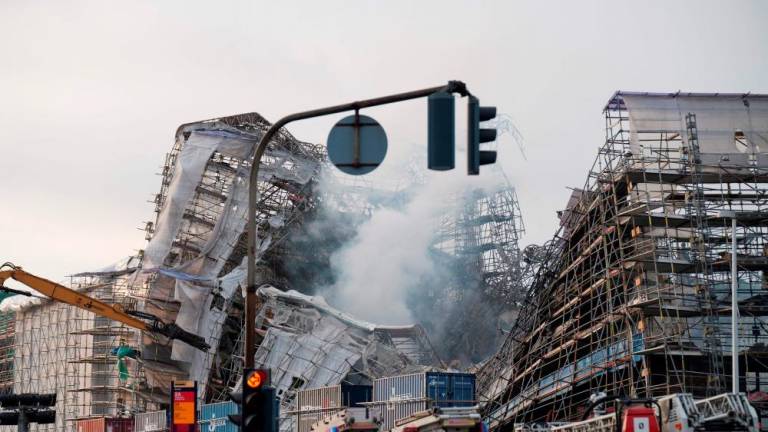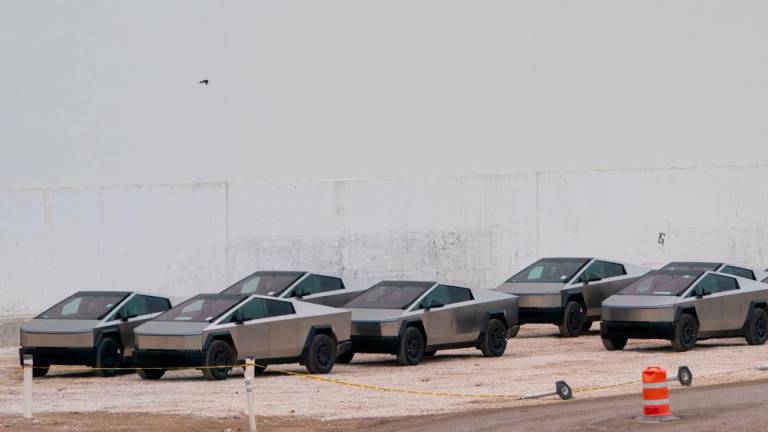ONCE again the spectre of radioactive waste has hit the headlines. Make no mistake. It affects human health and destroys the environment. Its radioactivity lasts for thousands of years. Only half of its radioactivity disappears after a long time. The other half continues to be active. So, storing it in any receptacle may not easily solve the problem. Whether in drums or buried in the ground.
Some years ago the Asian Rare Earth (ARE) plant in Bukit Merah, outside Ipoh was producing radioactive waste. The people living near the plant mounted a law suit after the government refused to ban the factory. After many long years’ fight through the courts, ARE stopped its operations and moved its plant to China.
Industry says that the waste emits low radioactivity and is safe.
Is exposure to low level radioactive material hazardous?
Yes, say well-controlled scientific independent studies: “Health effects of ionising radiation and their consideration in radiation protection”: www.joint-project.org/health.htm. The effects are similar to those of higher doses. The studies conclude that exposure to such low level radiation can cause an increase of thyroid cancer, leukaemia and lymphomas, breast and other solid cancers. The effects can also be passed on to children of parents exposed to such radiation resulting in deformed babies.
As examples. Ionising radioactive material from the Fukushima plant accident resulted in excess thyroid cancers among children and adolescents within four years of the release. Workers developed leukaemia after clean-up and were awarded compensation. And increases in risk of breast cancer arising from the Chernobyl accident appeared about 10 years after the accident. It was highest among women who were younger at the time of the accident.
Predictably, those involved in producing radioactive material can be expected to object to the results of these studies. On such grounds as these studies relate to nuclear plants or that they were not scientific enough. But the essential point is that they studied the effects of low level doses of exposure to radioactive material. Does it then matter how the material is produced – whether by a nuclear plant or a factory which produces radioactive waste?
Which brings me to the next point. If there is no “scientific consensus” on the effects, then countries can – and should – take preventative measures. Described in international law as the “precautionary principle or approach”.
It means that if there is no scientific certainty, then countries can prevent the creation of such material (such as radioactive waste) by any factory. Or impose stringent conditions for their disposal. Our 2007 Biosafety Act has adopted this principle in relation to the import or introduction of genetically modified products.
Radioactive waste stays radioactive – therefore hazardous – for thousands of years. Its disposal poses a major challenge for policymakers. Where do you store it? Deep underground? Is this maintainable for long periods? Who will manage it? What of leaks? What guidelines can be established? Who will regulate?
Waste cylinders can hardly outlast the radioactive life of the material. What if someone with ill intent finds the waste to use for “unpleasant” purposes?
Even highly effective safety features and stringent regulatory oversight could not prevent accidents in Chernobyl and Fukushima. Causing untold effects on the environment, animals and plant life; the waste can contaminate ponds, rivers and water systems and ultimately affect human health.
Buried waste can seep into the ground, get into reservoirs and other water sources and, from there, reach the homes of people who unwittingly drink radioactive material. There are examples of these accidents all over the world and from all time periods; rare as they maybe, its effects are a huge effect on many people.
Accidents can also happen when transporting waste. Finally, the cost of cleaning up to make everything safe can be enormous.
The government is burdened with the issue of disposing radioactive waste from the Lynas plant in Gebeng, Pahang approved with minimal conditions by the previous government. Environment Minister Yeo Bee Yin is commendably resolute in demanding that any further approval for the plant is contingent upon it shipping its waste to Australia from where the raw material originates. The government is committed to this stance and has authorised Yeo to engage with the Australian government.
There are concerns of contamination of ground water, river sediments and the soil. As well as of airborne radioactive dust particles which could be inhaled and ingested by workers and the public. Also, says the Consumers Association of Penang, the radioactive and toxic wastes have been diluted and dispersed on prime agriculture land including on padi land. “Where these rice crops end up to be consumed is unknown”.
The prime minister seems inclined to saving the Lynas plant for development reasons. Especially since the price of rare earths has peaked. As China – the largest producer of rare earths – has threatened to cut supplies to US in their trade war. But, crucially, should the economies of the market place and making money trump the economies of nature and survival?
As Conserve Energy Future points out: “Unless you strongly believe in Elon Musk’s idea of making Mars as another habitable planet, do remember that there really is no ‘Planet B’ in this whole universe”.
Gurdial, a former law professor, currently practises law. Comments: letters@thesundaily.com















